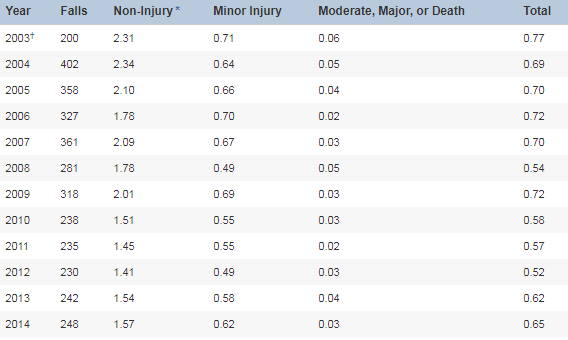Lean Six Sigma – April Fools!
Does Lean Six Sigma seem like an April Fool’s joke?
Why doesn’t it seem to work sometimes?
Does Lean Six Sigma seem like an April Fool’s joke?
Why doesn’t it seem to work sometimes?
You don’t have to be Irish or lucky to be successful. You can make your own luck using Lean Six Sigma.
Continue Reading "St. Patrick’s Day – Luck of the Lean Six Sigma"
Does Daylight Savings Time save us anything, or is it costing lives?
Continue Reading "Daylight Savings Time – Six Sigma Project"
In the book, The Case Against Education: why the Education System is a Waste of Time and Money, author Bryan Caplan argues that, beyond reading, writing and basic ‘rithmatic, “most of what people learn in high school and college is unnecessary and quickly forgotten.”
I would argue that the same is true of Six Sigma; most of what people learn is unnecessary and quickly forgotten.
Peter Coy’s book review in Bloomberg BusinessWeek (January 22, 2018), states that many students struggle with algebra and drop out. City University of New York colleges are “experimenting with alternatives to conventional math because it’s a ‘killing field’ for many students,” says Chancellor James Milliken.
No matter what you do or what you say, there’s a hidden “metamessage” back to yourself.
What metamessages have you told yourself about Lean Six Sigma?
Continue Reading "What are You Secretly Telling Yourself About Lean Six Sigma?"
The Joint Commission Journal on Quality and Patient Safety (Feb 2018) has an article entitled “Temporal Trends in Fall Rates with the Implementation of a Multifaceted Fall Prevention Program.” Ouch!
I believe the story could have been told easily with quality improvement tools, so here’s how I’d go about it. First, there are a number of tables (i.e., spreadsheets of performance data) like the one below.

The first year, 2003, had only 200 falls because they started measuring in July. The first full year of measurement was 2004.
It would be easy to turn these into control charts, but the authors chose a boxplot with a trend line of predicted falls.
I fell in love with Lean Six Sigma almost 30 years ago…but it takes some work to stay in love with Lean Six Sigma.
Are you willing to do what it takes to make Lean Six Sigma your Valentine?
Continue Reading "Have You Fallen In Love With Lean Six Sigma?"
I have been thinking for some time that someone would come along, start buying up hospitals and forcing them to adopt the Lean principles of Amazon and Six Sigma to achieve the “science and evidence” that Don Berwick has been challenging the IHI to adopt.
Warren Buffet has the money, but usually invests in “well-run” companies, not ones in trouble. An estimated half of all hospitals are in financial trouble (often because of the lack of Lean Six Sigma).
Bezos and Amazon have the operational efficiency needed in virtually all healthcare environments.
Dimon has a big bank.
They are all worried about the quality of healthcare and the rising costs.
Continue Reading "Hospital Costs a “Hungry Tapeworm on U.S. Economy” says Warren Buffett"
I started using TurboTax to do my taxes years ago. I used to gather up my 1099s and W-2 and everything else and spend a whole day doing my taxes. Your taxes may not be as complicated as mine, but think of these forms as “work in process” (WIP). I was doing them in a big batch just before the filing deadline.
Then I started using a Lean approach. Whenever a W-9 or 1099 arrives in the mailbox, I input it into the software. By mid-March when the business taxes are finished, everything is in and my taxes are ready to file.